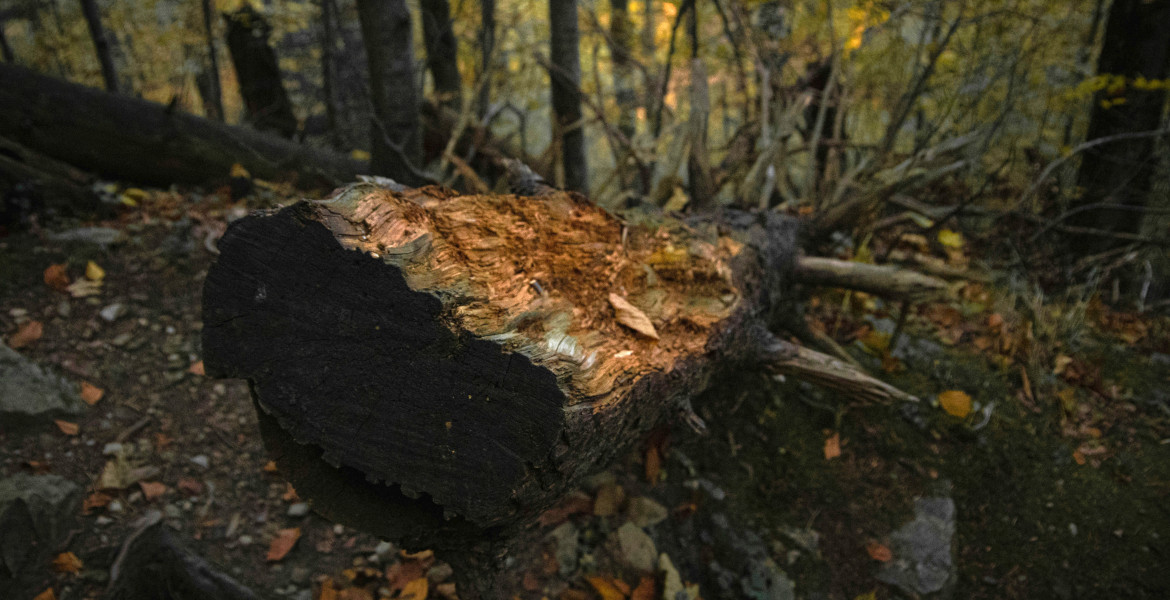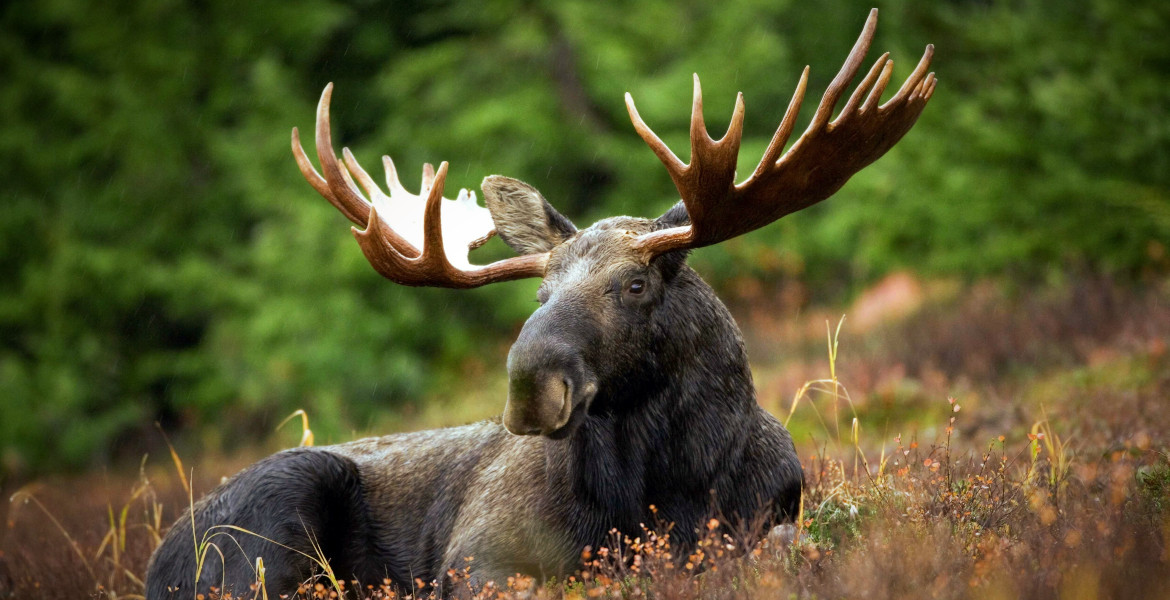The Nordic organizations, including Keep Sweden Tidy (Håll Sverige Rent), want to draw attention to the littering of the oceans. On May 3, the Nordic tour will start in Finland and then visit the rest of the Nordic countries.
Plastic is the most common type of litter in the oceans and on beaches, both worldwide and in the Nordic countries. Cigarette butts and snuff make up 15% of all litter on Nordic beaches, while food packaging makes up 14%. However, the largest proportion, 36%, is unidentified plastic.
Keep Sweden Tidy, together with its nordic sister organizations Keep Norway Tidy, Keep Denmark Tidy, Keep the Archipelago Tidy (Finland & Åland), World Wide Friends (Iceland), CSR in Greenland and Rudda Føroyar in the Faroe Islands, organizes the Sea Rescue Tour to make a joint effort against marine litter.
– Much of the litter in bathing areas and on beaches is what we humans have eaten, drunk or otherwise consumed, including cigarette butts and plastic packaging. Now we hope that even more people will choose to do their bit for the ocean this summer and holiday season. Just take a bag to the nearest beach and pick up the litter you see. It will help the sea and all the animals that live there, and it will also make the holiday experience more pleasant for more people, says Johanna Ragnartz, CEO of Keep Sweden Tidy, in a press release.
The tour will stop in all countries, with Finland being the first on May 3, followed by Denmark and Norway on May 4. The Sea Rescue Tour will come to Sweden on June 8 in connection with World Oceans Day. The litter picks will be organized as part of the Kusträddarna (Coast savers) campaign, in which everyone is welcome to participate.








